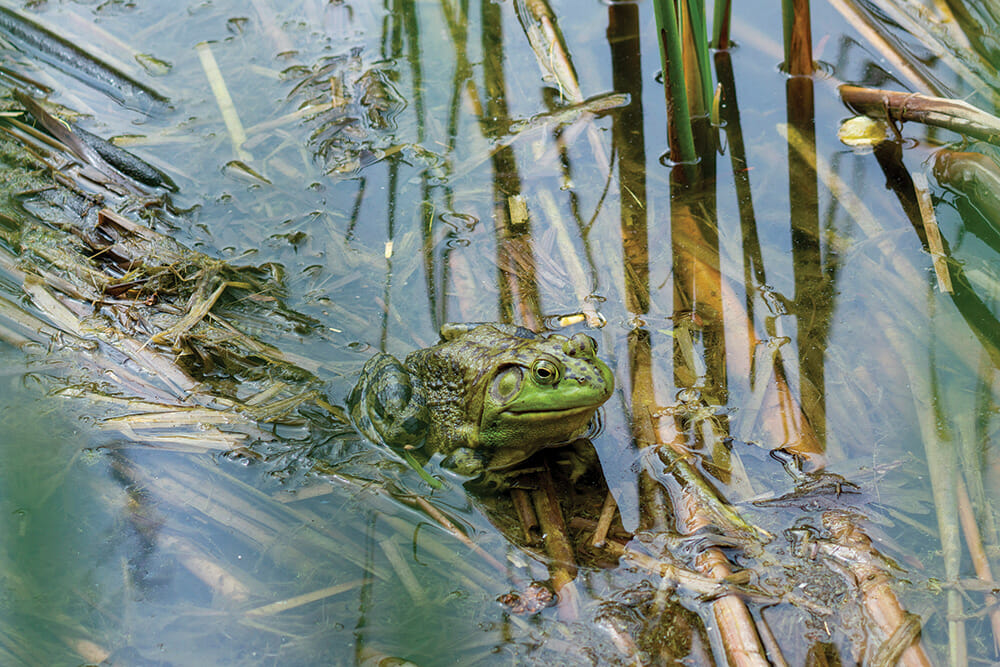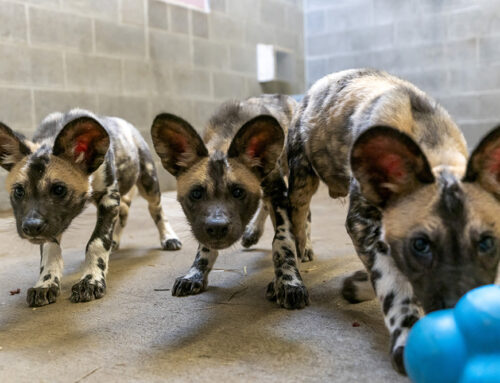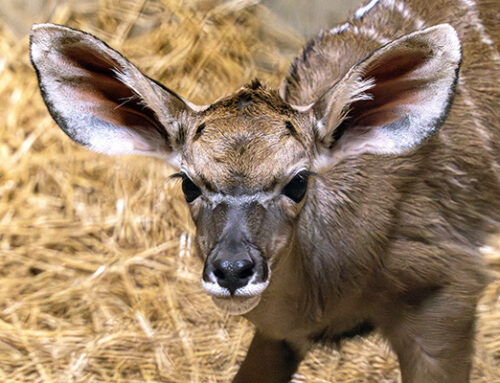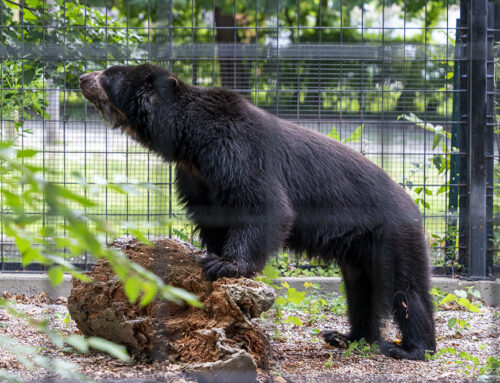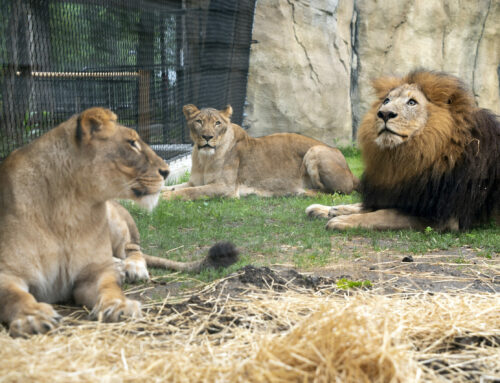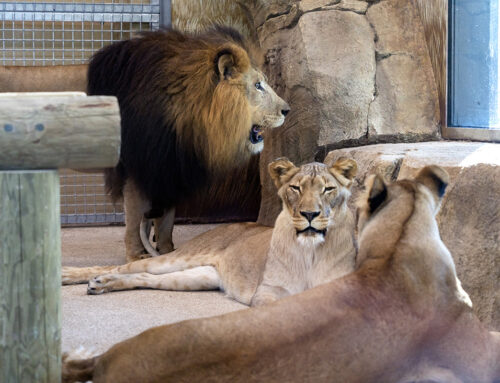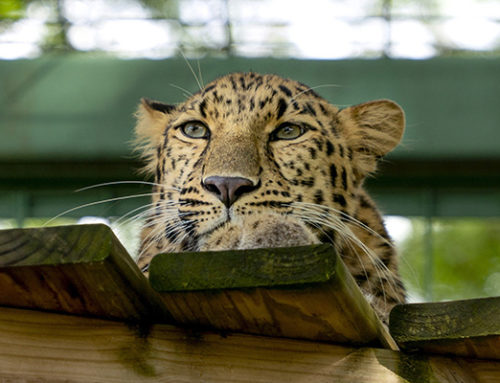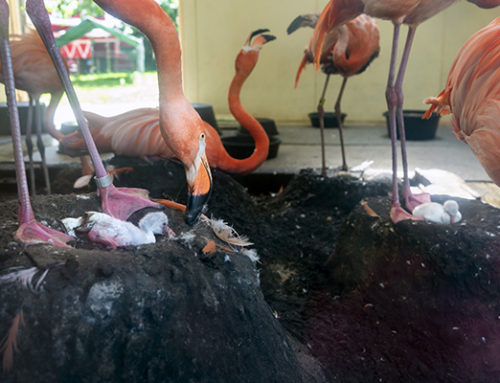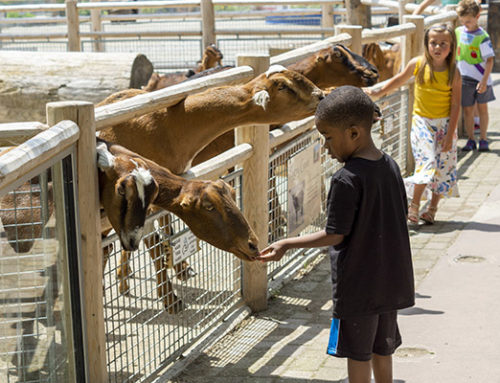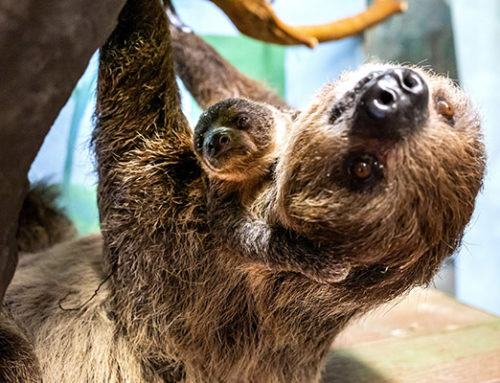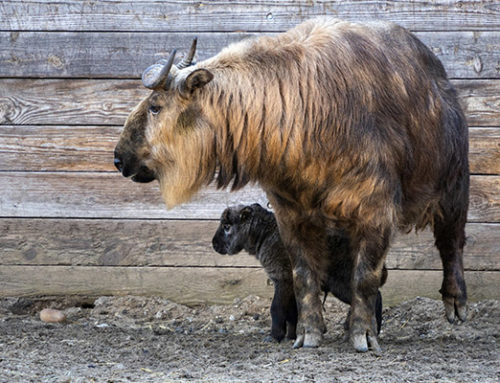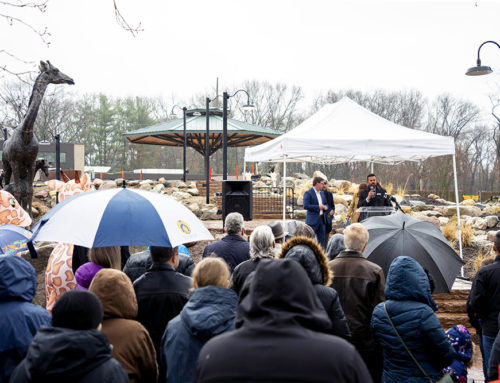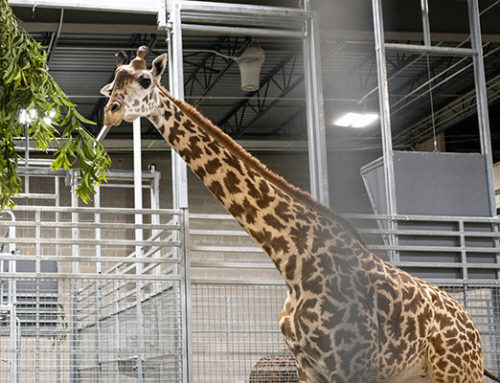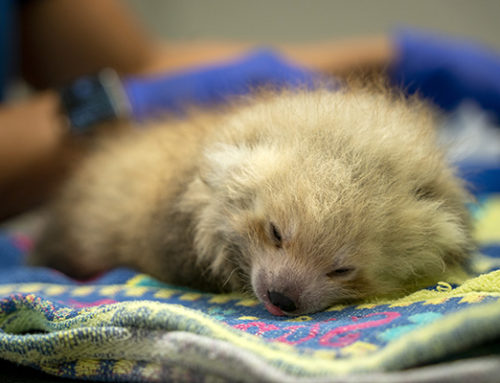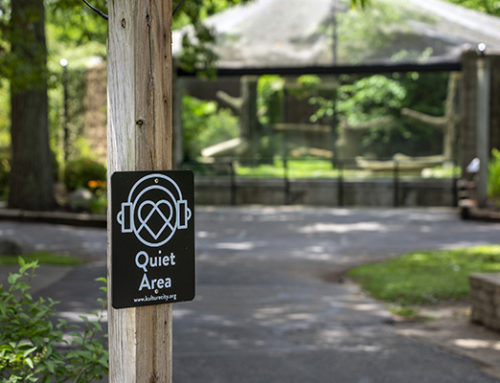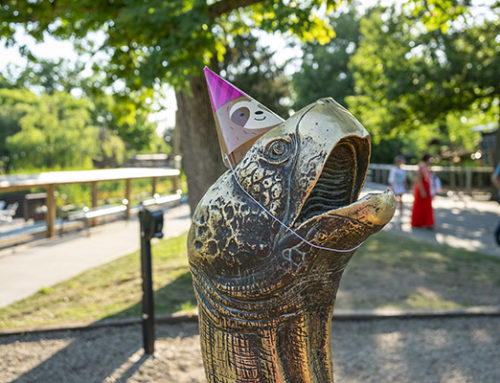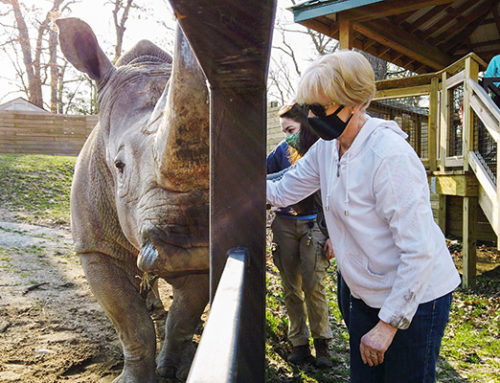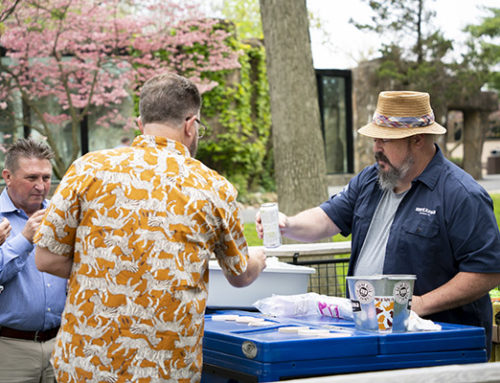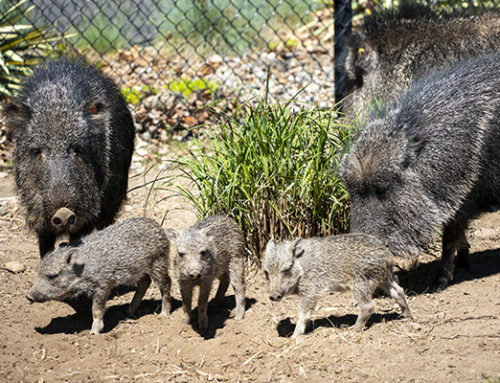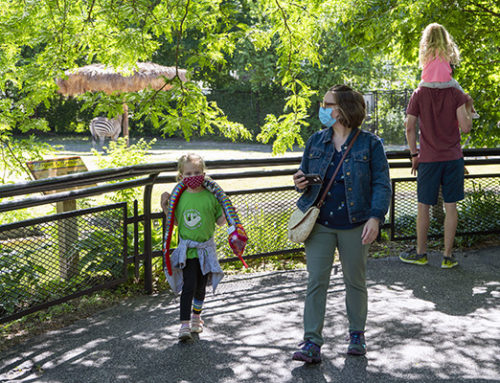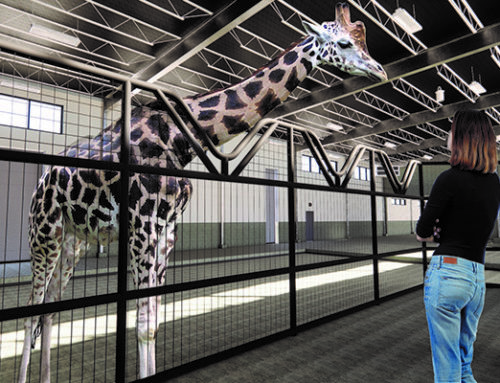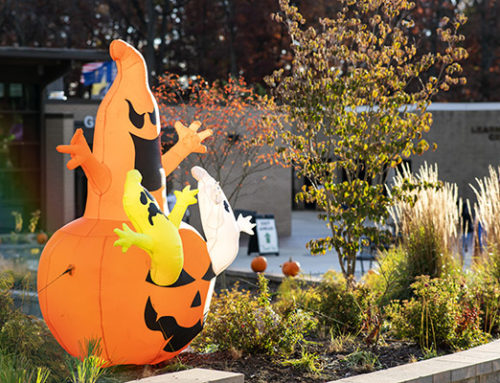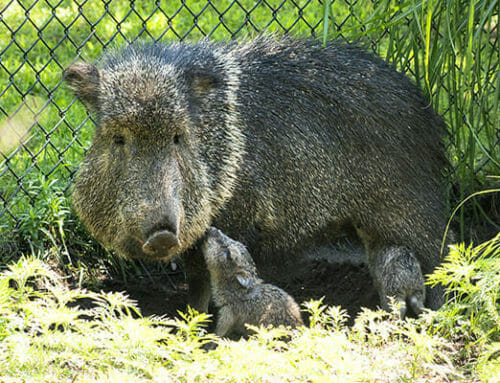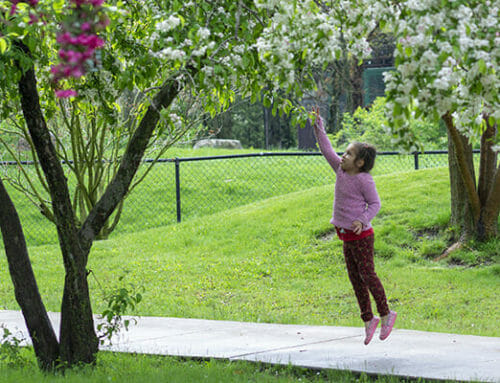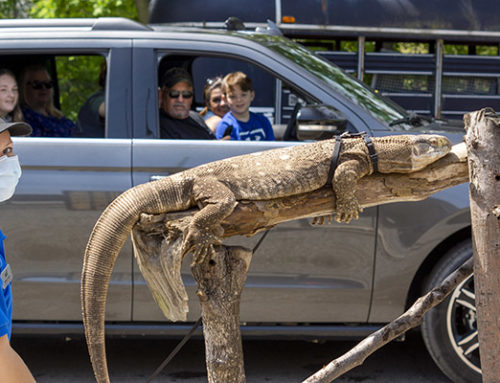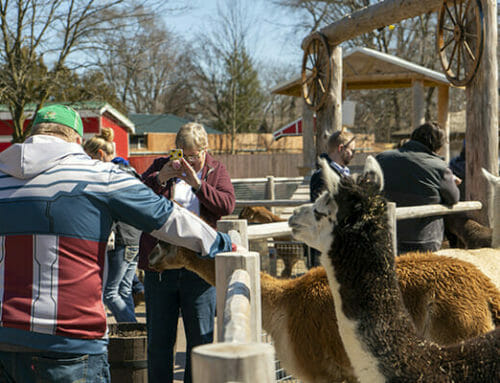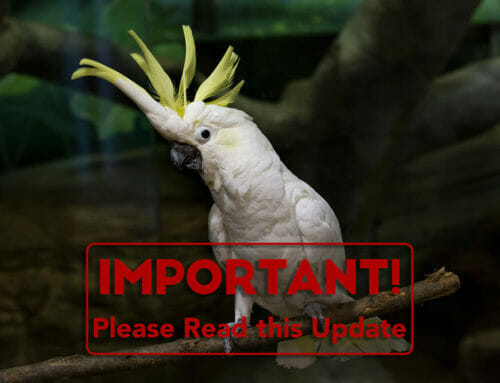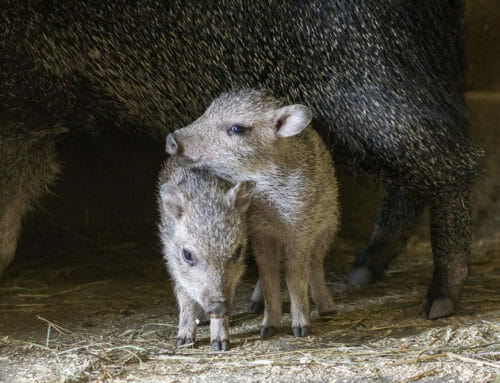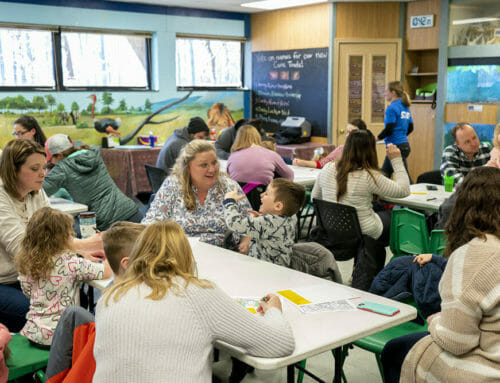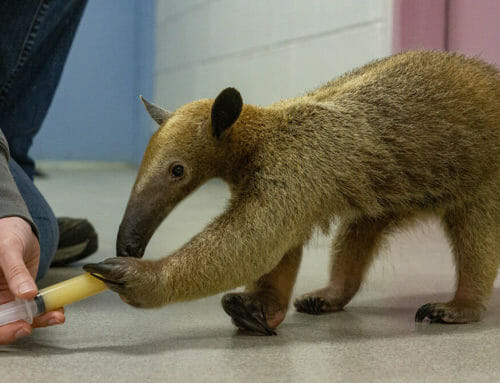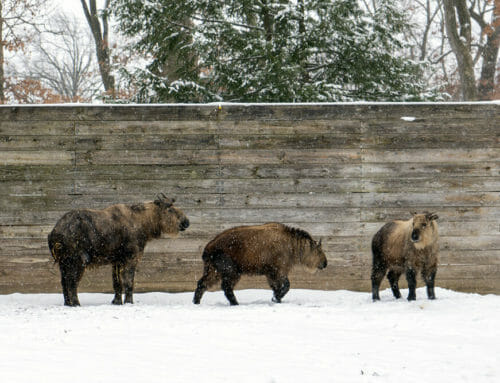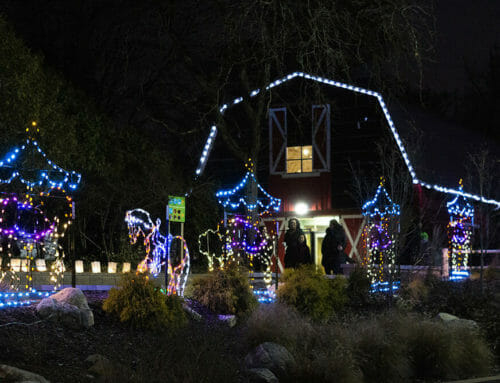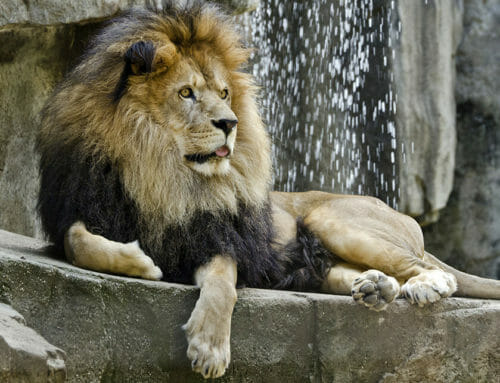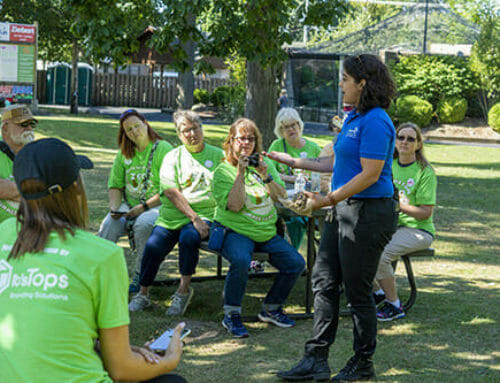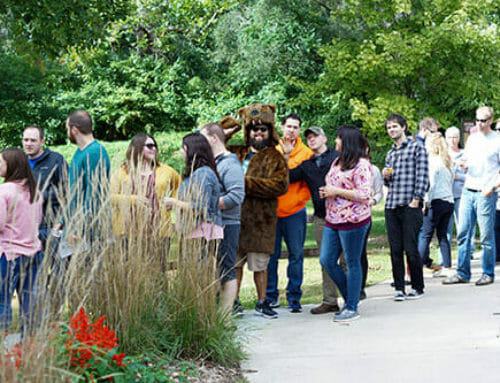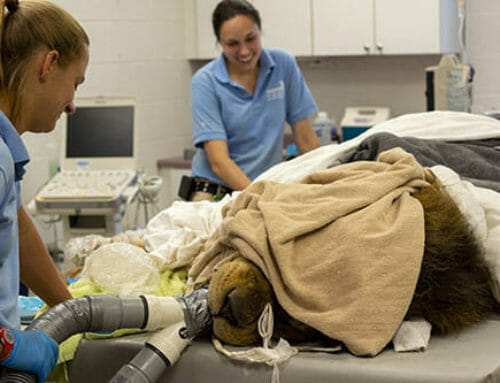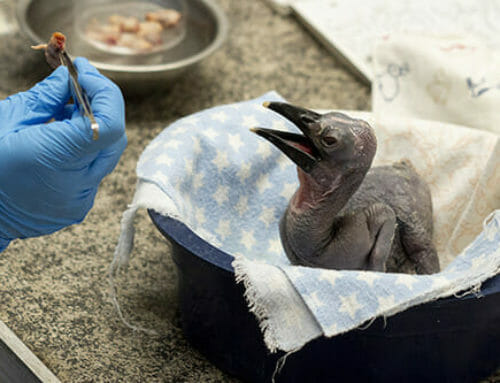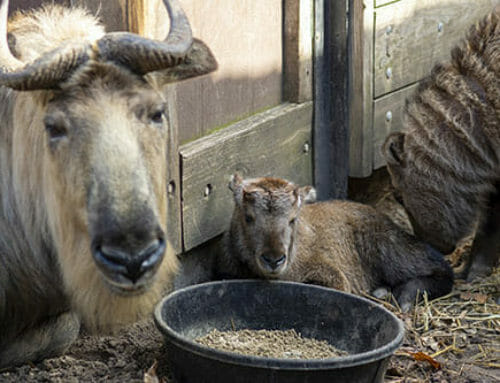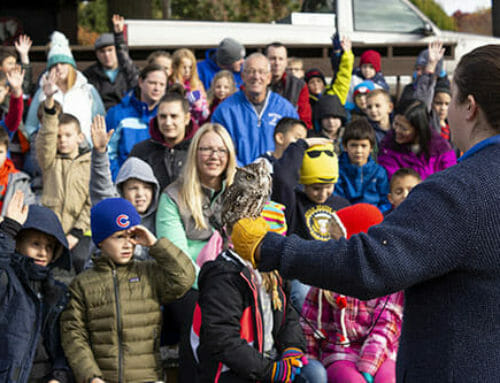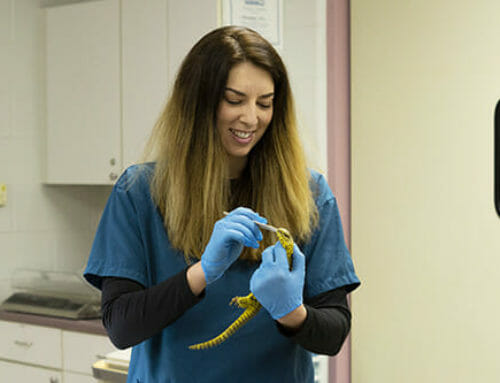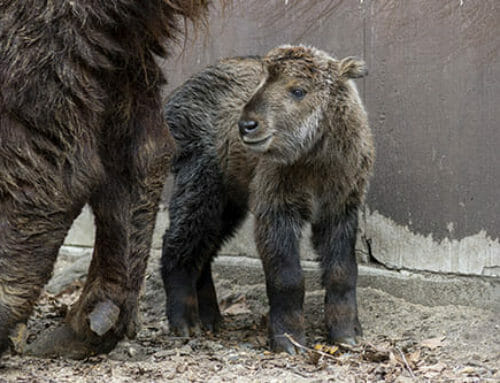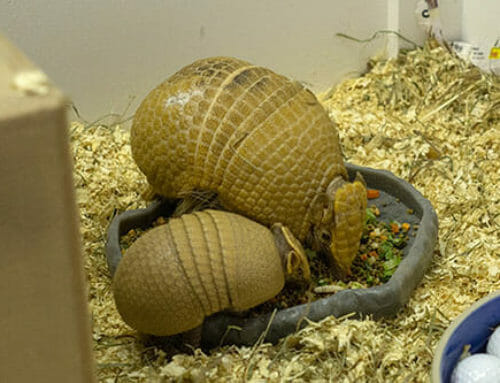The Potawatomi Zoo is hosting FrogWatch training February 29 and March 22, from 2-5 pm. FrogWatch is a family-friendly citizen science program started by the Association of Zoos and Aquariums. Training is open to the public, but registration is requested at www.potawatomizoo.org/edzoocation/frogwatch.
During FrogWatch training, volunteers learn about amphibian biology and how to collect data about the sounds of local frogs and toads for scientists all over the country to use. They are also taught how to monitor frog and toad populations based on the calls they hear and report the information they collect.
“FrogWatch is an invaluable resource for amphibian conservation and a huge help to scientists studying the environment and ecosystems,” says Skye Hoffman, Education Curator at the Potawatomi Zoo. “Although the training days are designed for adults, we encourage volunteers to include their families in the monitoring sessions, because it’s such a great way to get outside and learn about local wildlife.”
To monitor for FrogWatch, volunteers will choose a wetland site, such as a pond or marsh and commit to monitoring it at least four times between February and September. FrogWatch volunteers will collect data about the weather and which species they hear. They will also estimate the abundance of each species during a 3-minute monitoring session by determining if they hear a full chorus or an individual voice.
Amphibians are often described as a “canary in the coal mine,” meaning that studying their populations helps scientists gauge the health of the environment. The data FrogWatch collects can help researchers study and even forecast the health of an ecosystem.
All FrogWatch data is uploaded to a freely accessible database for scientists to use. Compiling date from FrogWatch citizen scientists across the country allows researchers to see how the population size varies year to year on a much larger scale. This allows researchers to better determine whether populations are stable, decreasing, or increasing, and in doing so, learn about the health of the environment.
Local northern Indiana and southern Michigan frogs and toads include the American bullfrog, American toad, boreal chorus frog, Cope’s gray tree frog, crawfish frog, eastern spadefoot toad, Fowler’s toad, gray tree frog, green frog, northern cricket frog, northern leopard frog, pickerel frog, plains leopard frog, upland chorus frog, southern leopard frog, spring peeper, western chorus frog, wood frog.



